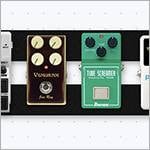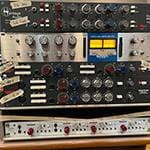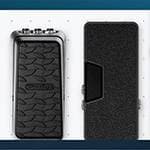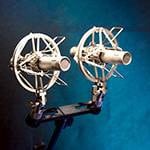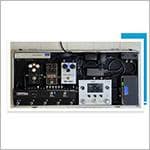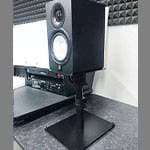In the previous installment of Vagabond Synth Nerd’s Journal, we reported on the use of keyboards in the Eagles' Hotel California, a masterpiece of West Coast rock. This time, we present a hidden gem exploration series featuring elements connected to the West Coast.
When I knew next to nothing about music, I became obsessed with British progressive rock and listened exclusively to that genre. I was captivated by the music of Rick Wakeman from Yes and Keith Emerson of ELP, immersing myself in the world of Hammond organs, synthesizers, and electric pianos. I surrounded myself with multiple keyboards, completely enthralled.
I spent countless hours at the rock café that served as the hangout for the music club I belonged to. It was a place called Merry Lou, located underground near the railroad crossing by Ekoda Station. The owner, a music enthusiast, frequently bought new records and played them for us. This became the café's hallmark, attracting young music lovers and turning it into a hub where music and people came together.
One day, a new release by Makoto Kubota and the Sunset Gang appeared at the café. The record jacket featured a delicate watercolor artwork depicting a sunrise as seen from above. I wondered, "What is the Sunset Gang?" Immersed as I was in British rock, I had no idea who Makoto Kubota was until a friend who played bass in an American rock band explained it to me.
The music that played somehow resonated deeply with me. At the time, I wasn’t particularly interested in the American rock genre and had only heard songs like the Eagles’ Hotel California or the Doobie Brothers’ Long Train Runnin’. Yet, when I listened to the Sunset Gang’s sound, it felt as though a West Coast breeze swept through, leaving me with a refreshing sense of clarity.
Looking back now, the influence of the Eagles’ One of These Nights and the acoustic styling of Tequila Sunrise is unmistakable in their ensemble and arrangements. However, there are also subtle hints of the unique identity of these Japanese musicians woven throughout. It’s an incredible album, one that I still keep in heavy rotation to this day.
■ Makoto Kubota and the Sunset Gang – Lucky Old Sun (1977)
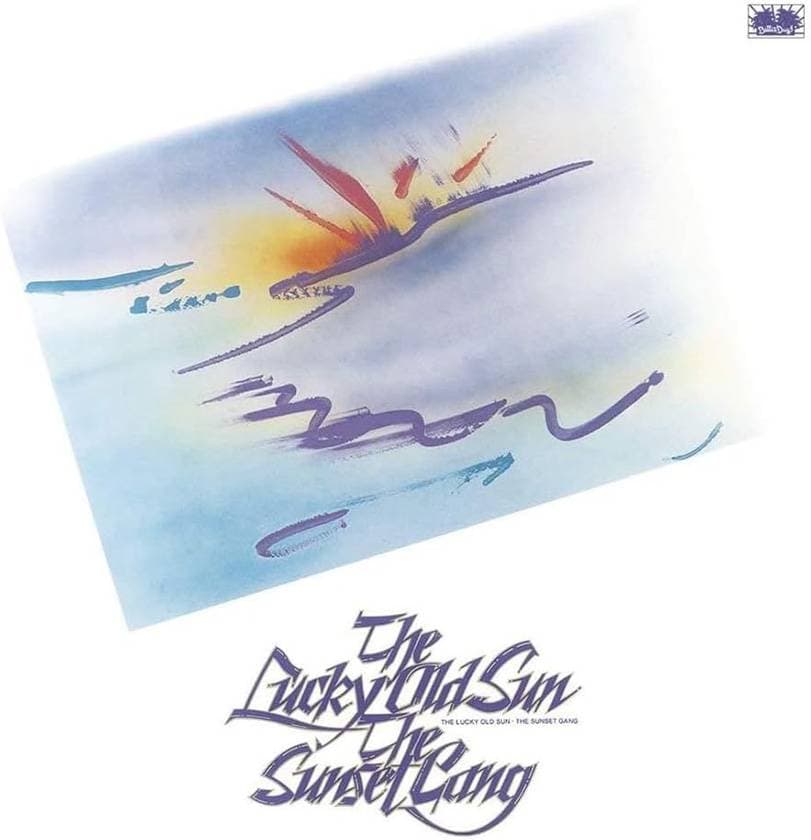
Released in 1977 under the name Makoto Kubota and the Sunset Gang, this album is a true masterpiece. Makoto Kubota is a musician whose artistic vision is rooted in American roots music, drawing from blues, New Orleans second-line rhythms, and more. His earlier works, such as the debut album Sunset Gang and Hawaii Champloo, showcase strong influences of blues and New Orleans with a distinctly raw and native flavor.
However, this album marks a departure from that earthy sound. Instead, it adopts a clean, West Coast-inspired aesthetic, delivering a polished and refreshing sonic experience.
Many are likely aware that Makoto Kubota influenced Haruomi Hosono, the bassist of Happy End. In fact, Hosono himself contributed bass and drums to this album.
While Kubota’s songwriting and vocals are undoubtedly compelling, the twin-guitar ensemble of Yoma Fujita and Kenichi Inoue, each with their distinct style, truly shines and enhances the album’s appeal.
In addition to the remarkable guitar work, the album’s standout feature is its exceptional keyboard performances. The interplay between Ronnie Barron and Hiroshi Sato, one of Japan’s most celebrated keyboardists, is dazzling.
The roster of musicians also includes luminaries such as Geoff Muldaur (vocals), Amos Garrett (vocals), and Ronnie Barron (keys), making this album a collaborative gem with a luxurious lineup.
Recommended Track: "Hin no Ataru Tokoro e" (To a Sunlit Place)
The track opens with Yoma Fujita’s evocative slide guitar, immediately setting the tone. The distinct styles of the two guitarists are beautifully reflected in this piece. Not only is the guitar ensemble impressive, but the acoustic piano backing that complements it is simply outstanding.
The highlights include Fujita’s slide guitar solo, followed by Kenichi Inoue’s melodically rich and expressive solo. The acoustic piano backing, weaving seamlessly into the spaces between the guitar solos, is a masterstroke. This song encapsulates a miraculous ensemble of each instrument working in perfect harmony.
The latter half, where the acoustic piano’s melodic backing intertwines with the guitar solos, is particularly remarkable—a shining example of ideal piano accompaniment. It’s a must-listen for anyone who appreciates the art of acoustic piano backing. Makoto Kubota’s relaxed and unstrained vocals further enhance the charm of the piece.
Recommended Track: "Lucky Old Sun"
アThe album’s title track, "Lucky Old Sun", reflects Makoto Kubota’s recurring theme of a man struggling with the burdens of life. The highlight of this song is undoubtedly Kenichi Inoue’s guitar solo in the middle section. While Amos Garrett contributes vocals on this album, Inoue’s stunning solo rivals Garrett’s legendary style.
Inoue’s performance channels the song’s emotional depth, as if Amos himself were playing through him, delivering a soulful and heart-wrenching melody. It’s truly a must-hear, a gem of a guitar solo that captures the song’s melancholic essence.
Additionally, Ronnie Barron’s Hammond organ tones and performance are exceptional, providing a sturdy foundation for the track and adding to its rich, layered sound.
Featured Artist, Album, and Recommended Tracks
- Artists: Makoto Kubota, Yoma Fujita, Kenichi Inoue, Hiroshi Sato, Ronnie Barron, Haruomi Hosono, and others
- Album: Lucky Old Sun
- Recommended Tracks: "Hin no Ataru Tokoro e" (To a Sunlit Place), "Lucky Old Sun"
The “sound & person” column is made up of contributions from you.
For details about contributing, click here.






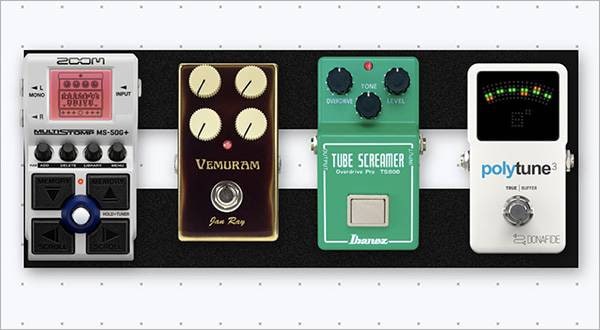
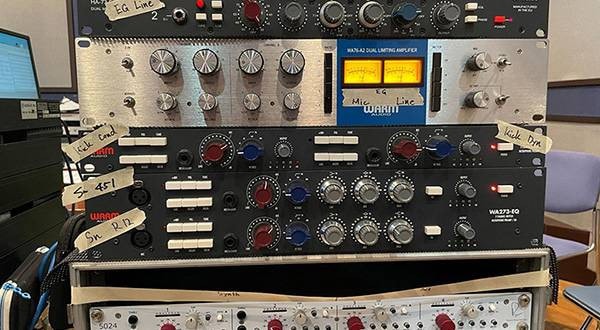
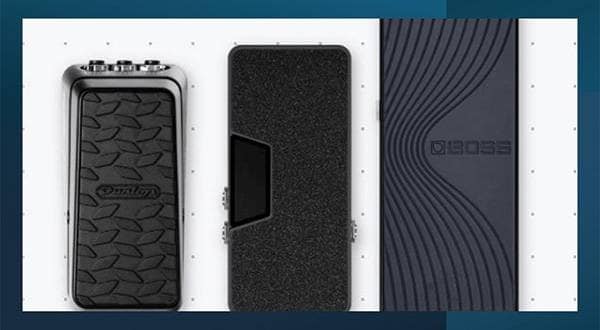
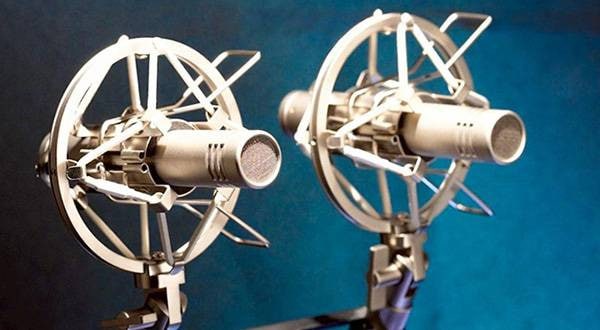
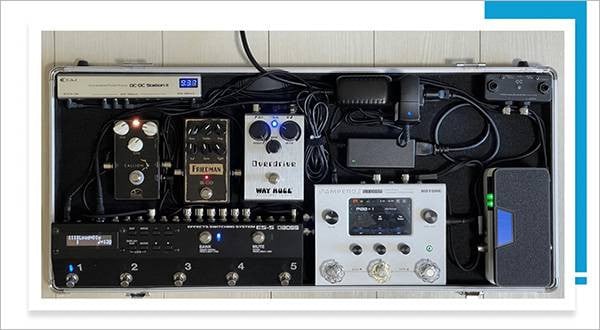
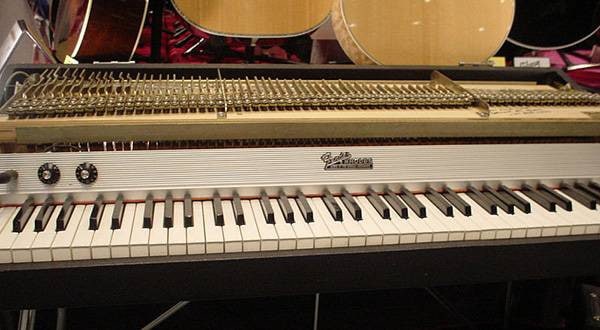
![[Guitar Guide] Which is Better: Band or Solo?](/contents/uploads/thumbs/5/2022/3/20220328_5_17273_1.jpg)
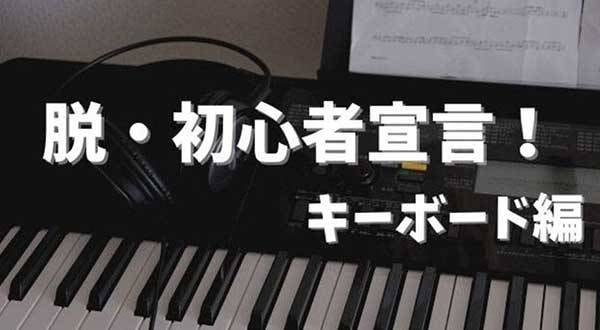
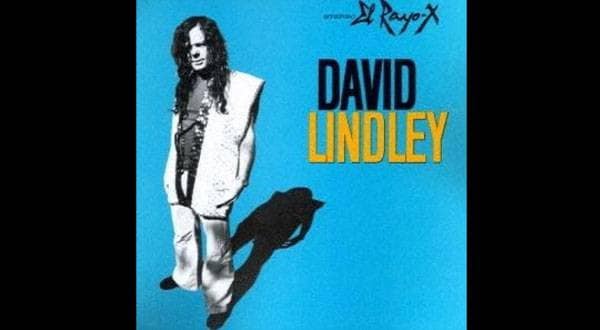
 PLAYTECH 電子ドラム特集
PLAYTECH 電子ドラム特集
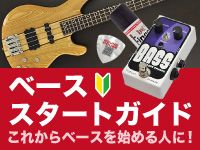 ベーススタートガイド
ベーススタートガイド
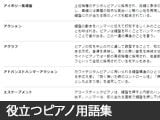 自分にあったピアノを選ぼう!役立つピアノ用語集
自分にあったピアノを選ぼう!役立つピアノ用語集
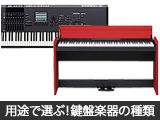 用途で選ぶ!鍵盤楽器の種類
用途で選ぶ!鍵盤楽器の種類
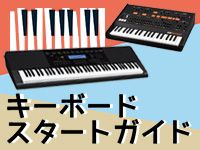 キーボードスタートガイド
キーボードスタートガイド
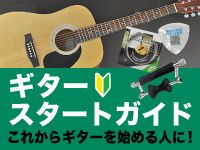 ギタースタートガイド
ギタースタートガイド
